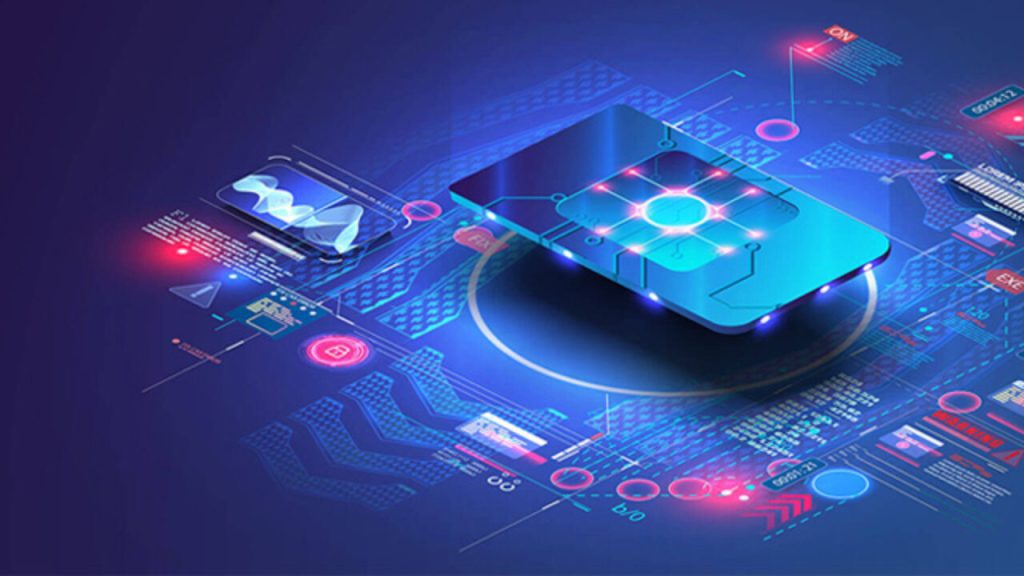Why Companies Should Avoid Using Standard Consumer SIMs in IoT Devices & Why Choose Data-only IoT SIM Card Plans UK?
Effortless Communication: Reliable Digital landline with Crystal Clear Calls and Advanced Features. Effortless Communication: Reliable Digital landline with Crystal Clear Calls and Advanced Features. Why do businesses choose IoT SIM cards UK? Well, because it’s easy. Imagine you’re feeling great after connecting your fleet and your IoT-enabled logistics tracker giving your real-time positioning and status. It shall equip you with more credibility to accurately monitor a vehicle’s current location. Now, you have greater access to your project and ready to be seen on your device. The only thing missing is a way to connect to your tablet or mobile device. The final puzzle is local connectivity. In this case, for a mobile or tablet. It needs a SIM card so you can see it on your mobile devices. What should you do? Is there any quickest solution? Just head to the corner store to choose any SIM card UK and buy any Data-only SIM plan UK for your convenience. So, businesses are now turning to smart technology installations to connect and manage their devices remotely, like smart meters, industrial sensors, industrial robotics, packaging, manufacturing automation systems, and connected vehicles, it’s important to get the IoT connectivity benefits for hovering greater mobility, lower overhead costs, improve productivity, and more business agility. However, businesses deployed IoT technology in their core setups to get live monitoring real-time location data by choosing the most suitable IoT SIM UK network connectivity. While it may be tempting to use standard consumer SIM cards for IoT applications because they are convenient and easy to find, whereas this approach has fundamental drawbacks. Here’s why businesses should shun using standard consumer SIMs in IoT applications and opt for multi-operator M2M SIM cards or cost-effective IoT SIM card plans UK to get unparalleled network access and flexible pricing. To run any IoT devices successfully in the UK, all you need to connect your multi-network IoT devices with legitimate registration for extensive cellular IoT coverage. Choose any of our right IoT SIM card plans from Zoiko Telecom networks to maximise your IoT global coverage successfully. We can ensure strong, secured, widespread access to multi-network IoT devices that can’t afford to tie up with a single-network sensor for multi-objective routing in dynamically extreme environments. So, you need a multi-hop network to avoid void-hole routing issues and disconnections. What is an IoT SIM Cards and their difference? Let’s discuss some common physical differences between standard SIM cards themselves. While IoT SIMs might be physically similar to consumer SIMs, but IoT SIM cards are “ruggedized” (also known as industrial IoT SIMs) and designed specifically for IoT applications. The difference is once you hold your standard SIM in your IoT device, it stops working, so working with MFF2-embedded SIMs could be your best option. These industrial-grade SIMs are more durable and reliable in extreme conditions and work perfectly in strong winds, even working efficiently in cellular dead zones, so IoT SIM cards are worth considering due to their durability and resilient performance. Here is why businesses should avoid using standard consumer SIMs in IoT applications and opt for IoT SIM cards instead for the following reasons: 1..Network Flexibility: The strength of an IoT SIM card’s network connection relies on the technology it uses and the mobile network it connects to. Network providers mostly signed up commercial IoT agreements to provide future-proof commercially worthy IoT SIM cards UK for businesses, so multi-operator IoT SIMs can work effectively for both local and global use. It allows users to access efficient signal coverage and supports currently available cellular network bandwidths. This flexibility makes IoT devices more cost-effective and simpler for large-scale rollouts of cellular IoT devices at scale. Similar to regular SIM cards, IoT SIM cards connect through a GSM network (like 2G/3G/4G/5G). But, unlike regular SIM cards, which are limited to connecting to one network provider, IoT SIMs can access low-power wide area networks (LTE-M or NB-IoT). These networks offer better coverage, especially in rural areas and dead zones with poor reception. Standard SIM cards can only be connected by a single-network provider to the host nation, so there might be a chance for poorer network outages. 2..Device Data use, Storage and bandwidth: Custom-tailored IoT SIM card plans UK are designed for lower data consumption and extended network durability. This better-tailored data-saving feature makes IoT SIM UK ideal for smart devices that suit your need for occasionally sending or receiving a message over the internet, but it requires long-term deployment on term plans. This gives the privilege of long-term functionality and keeps devices active to connect over the internet for different use cases. Alternatively, standard SIM cards are typically made for higher data usage for daily activities, it seem to consume more data than IoT SIM cards. Users often use their smartphones, laptops, and tablets to access online streaming content such as live broadcasts, YouTube, Netflix shows, Spotify, etc. These apps continuously consume lots of data by using a single-network environment. Simply put, users acknowledge the coverage limitations of single-network smartphones, but IoT devices require an agreed-on SLA reliability that meets supper performance expectations. 3..Network stability and Standardisations: In terms of network stability, IoT SIM cards excel in multi-region network coverage, which means they perform smoothly in far remote or industrial areas where standard mobile networks may not have been reached. While standard mobile SIMs are made for consumer mobility around urban and suburban areas, rather IoT SIMs provide more reliable and industry-grade standardised network coverage in extreme environments. Multi-network IoT SIM cards can switch between networks to find the nearby strongest signal, thus ensuring smooth and uninterrupted connectivity even in areas where mobile networks may lose. So, no more fall into dead zones. This network standardisation keeps effective executions of critical IoT applications use, such as providing remote healthcare monitoring, fleet tracking in remote areas, warehouse inventory monitoring, cargo flight tracking, etc. where routine optimisation or network outage can result in significant security threats or safety risks. 4..Lack of managing large-scale IoT devices: Traditional consumer







